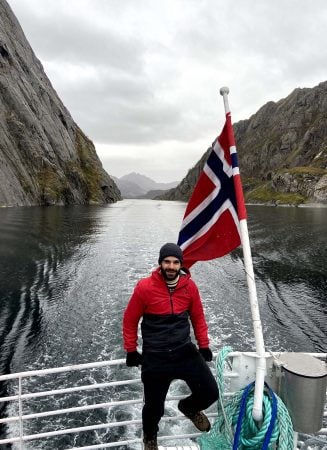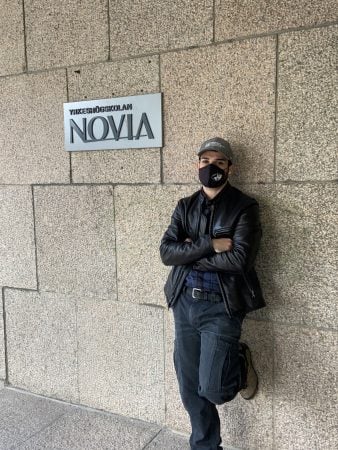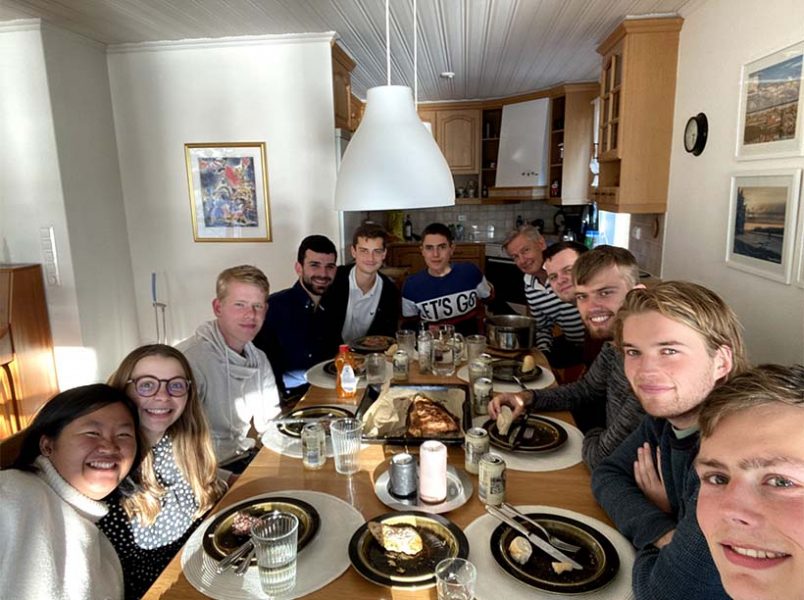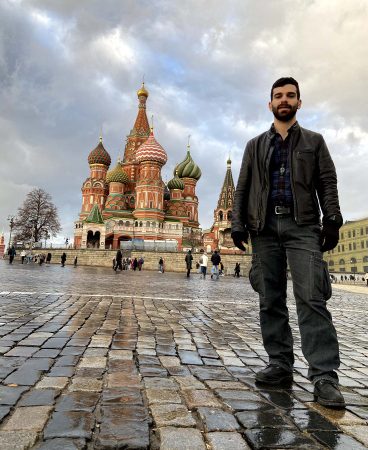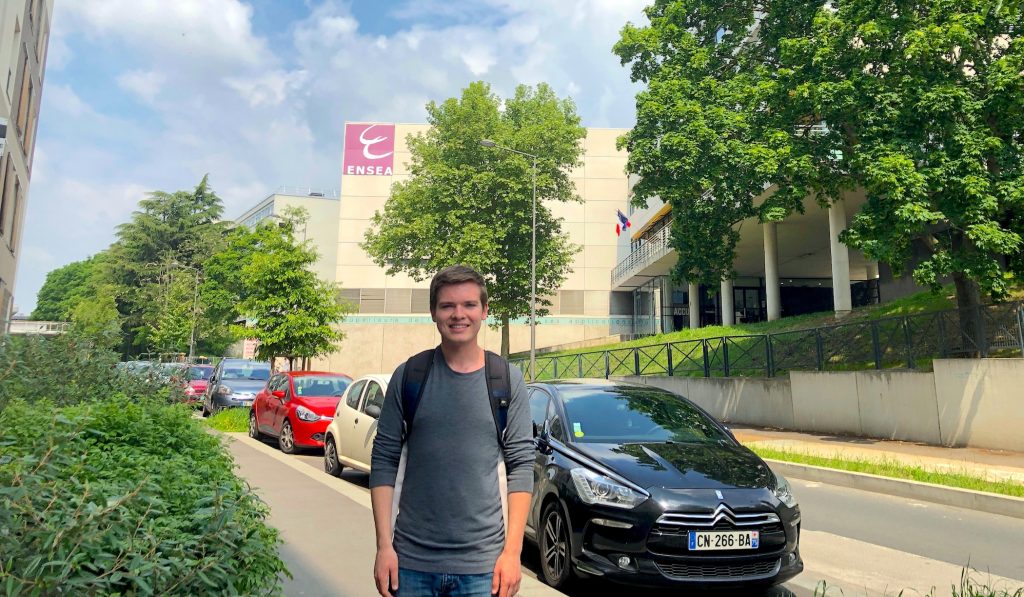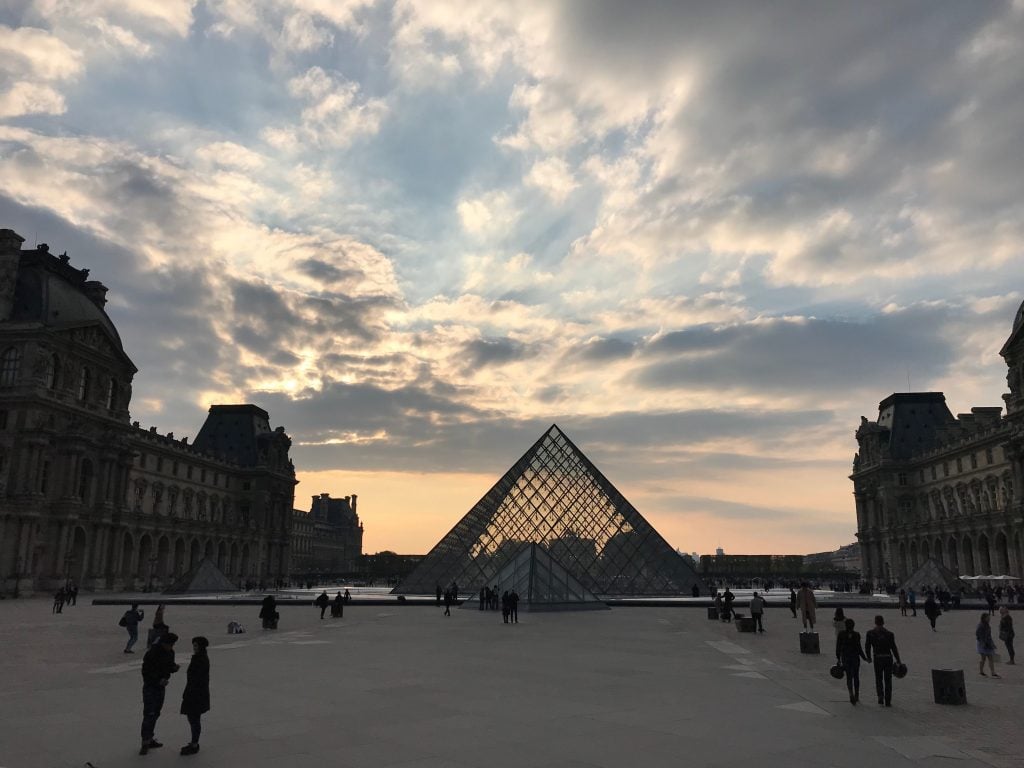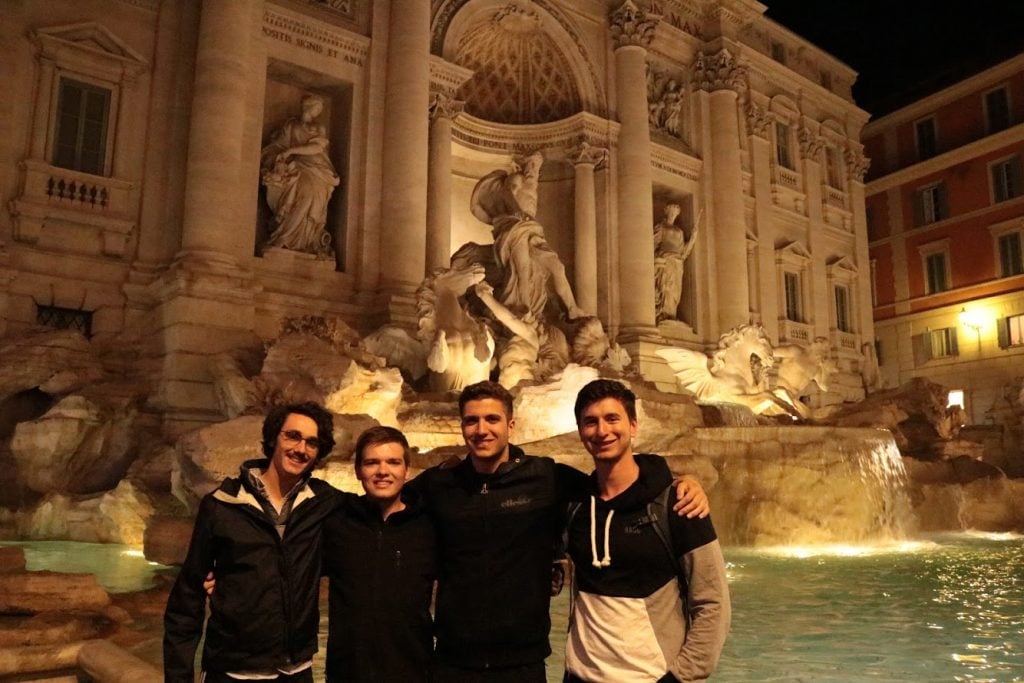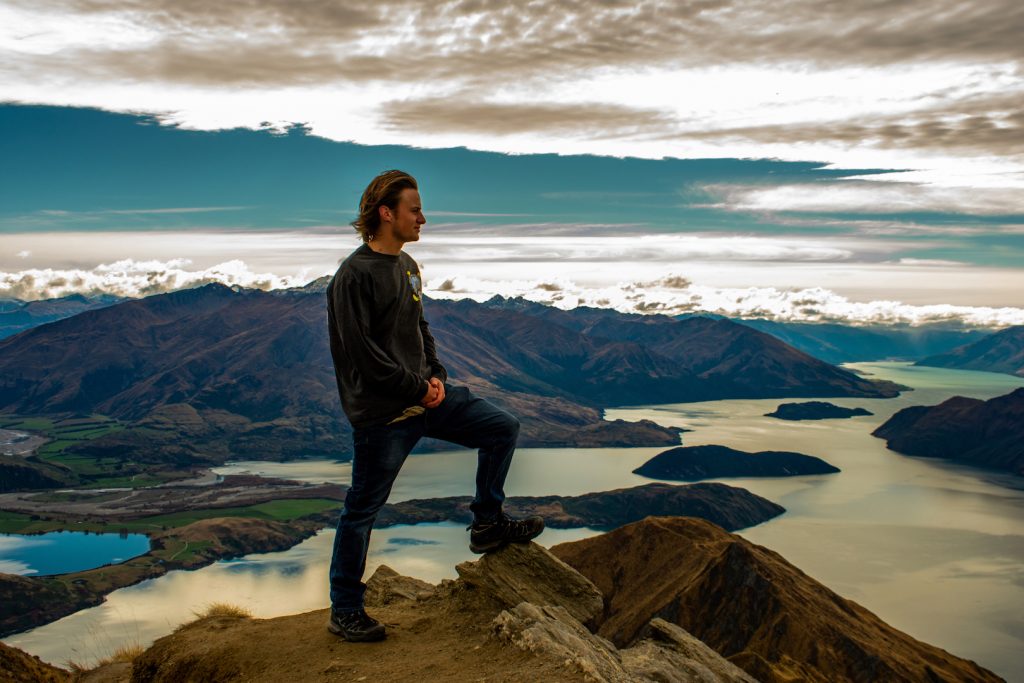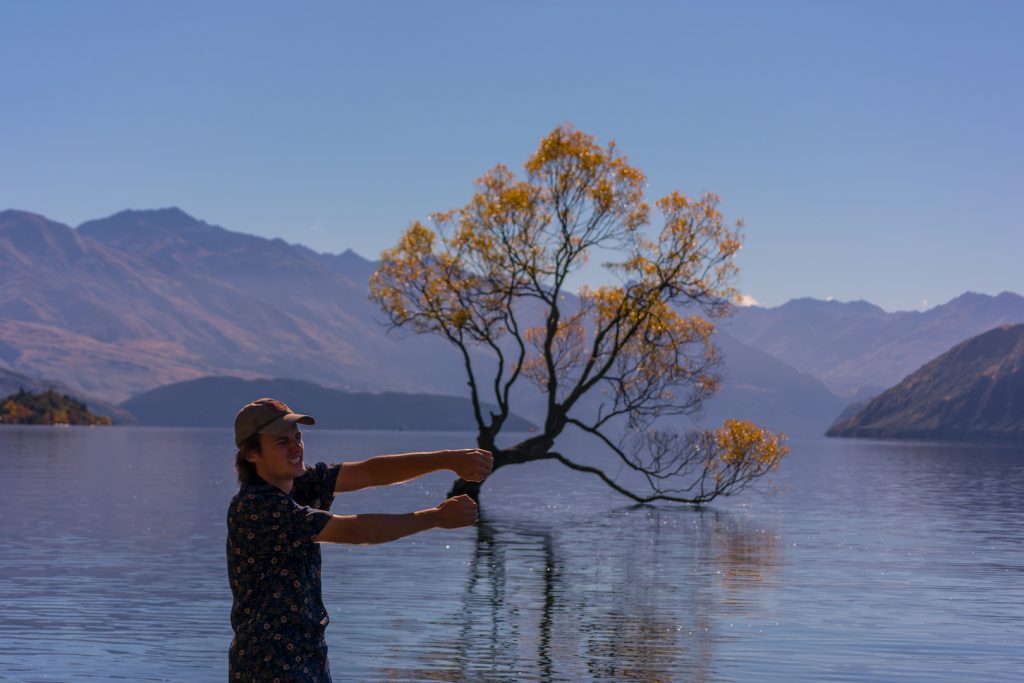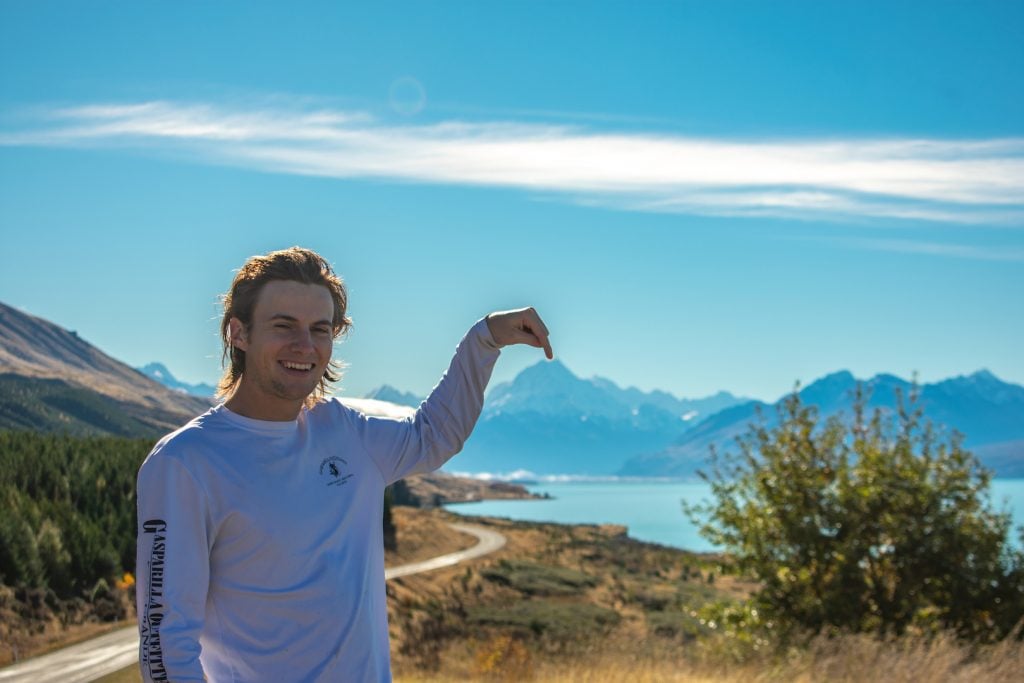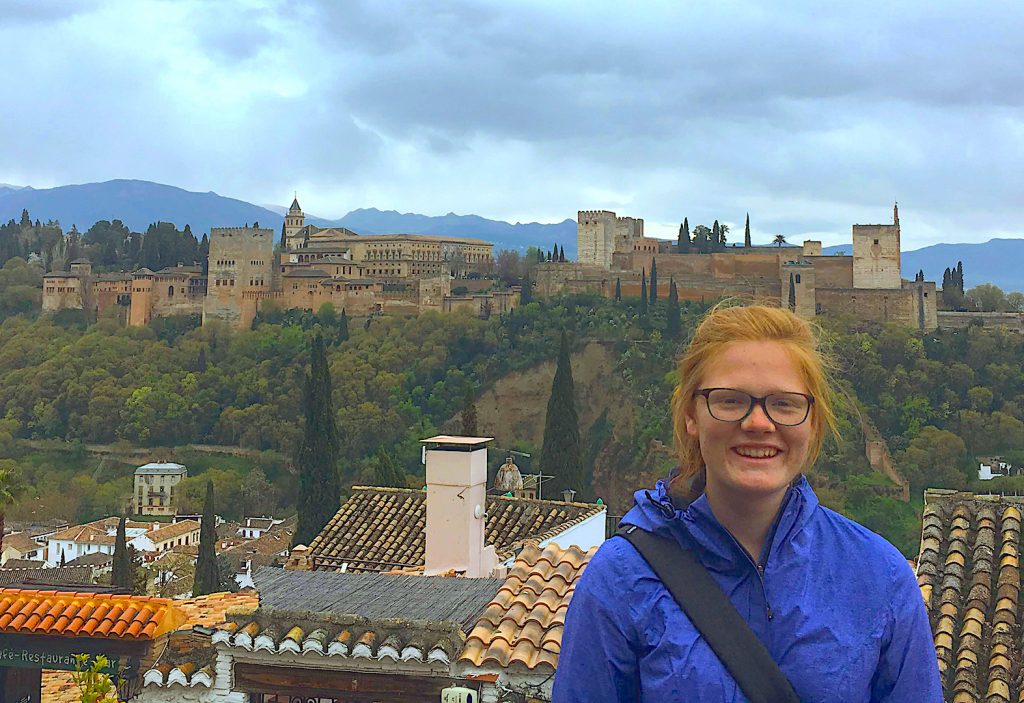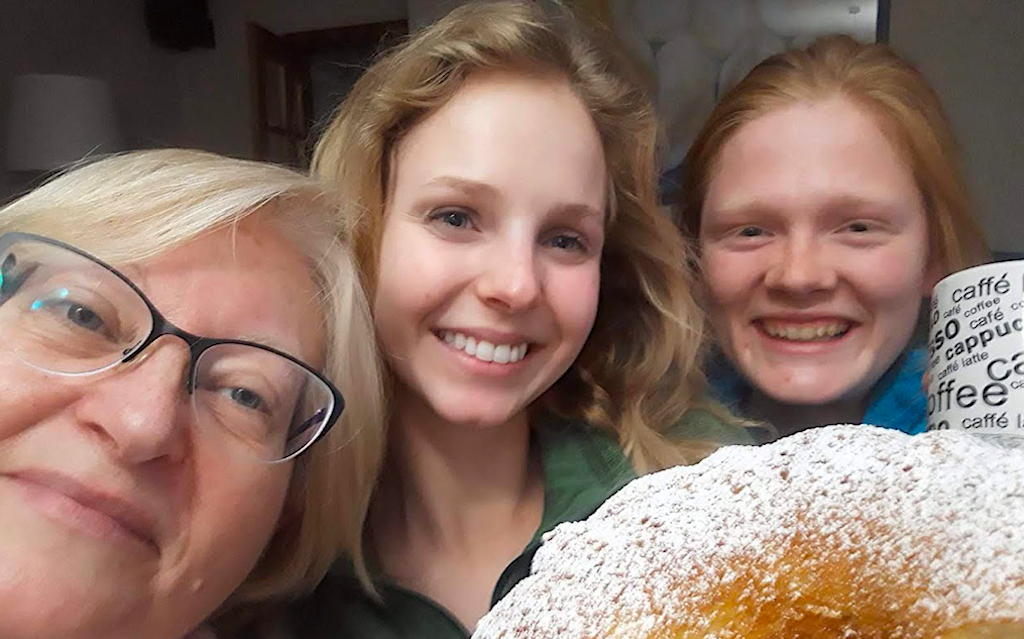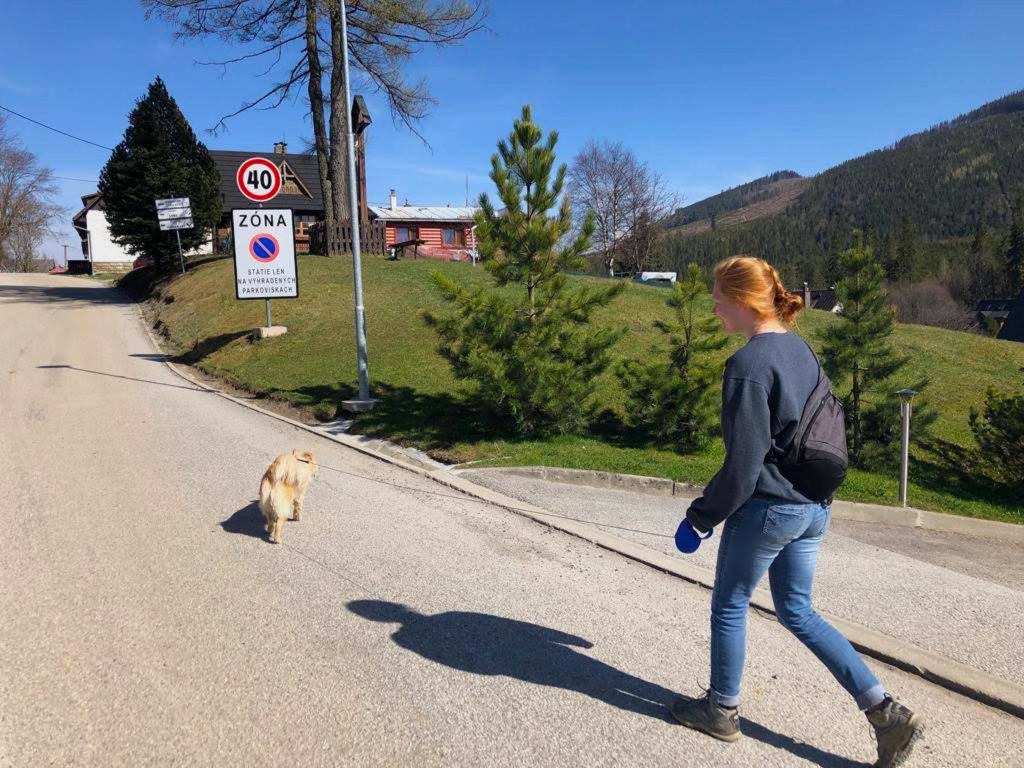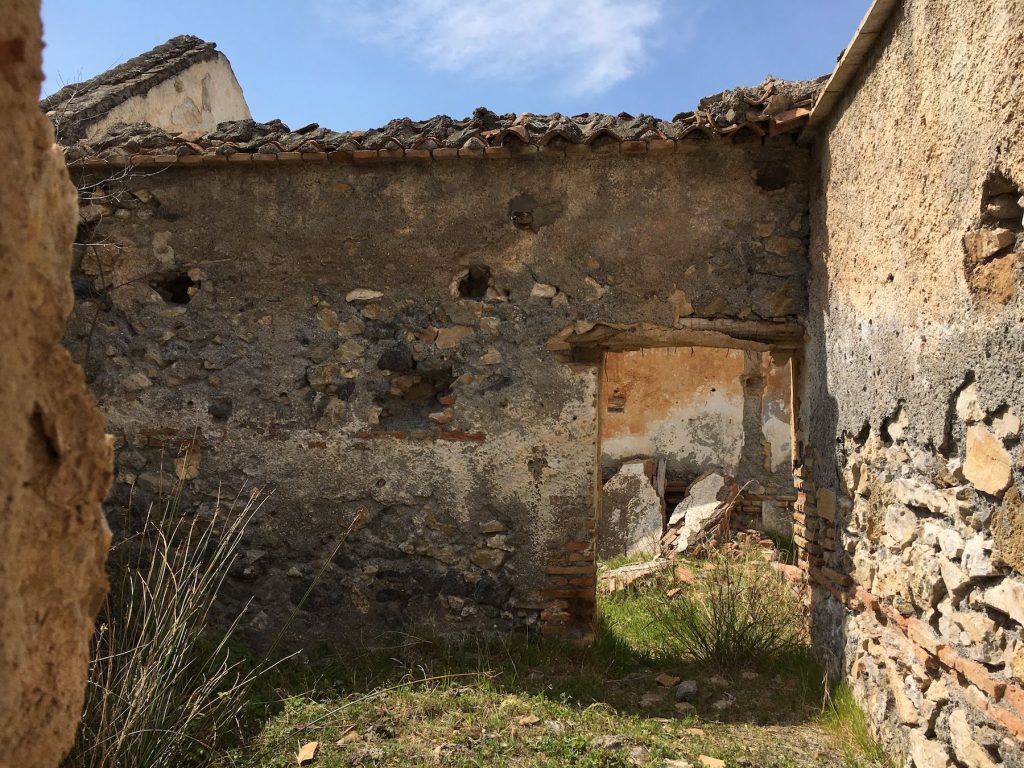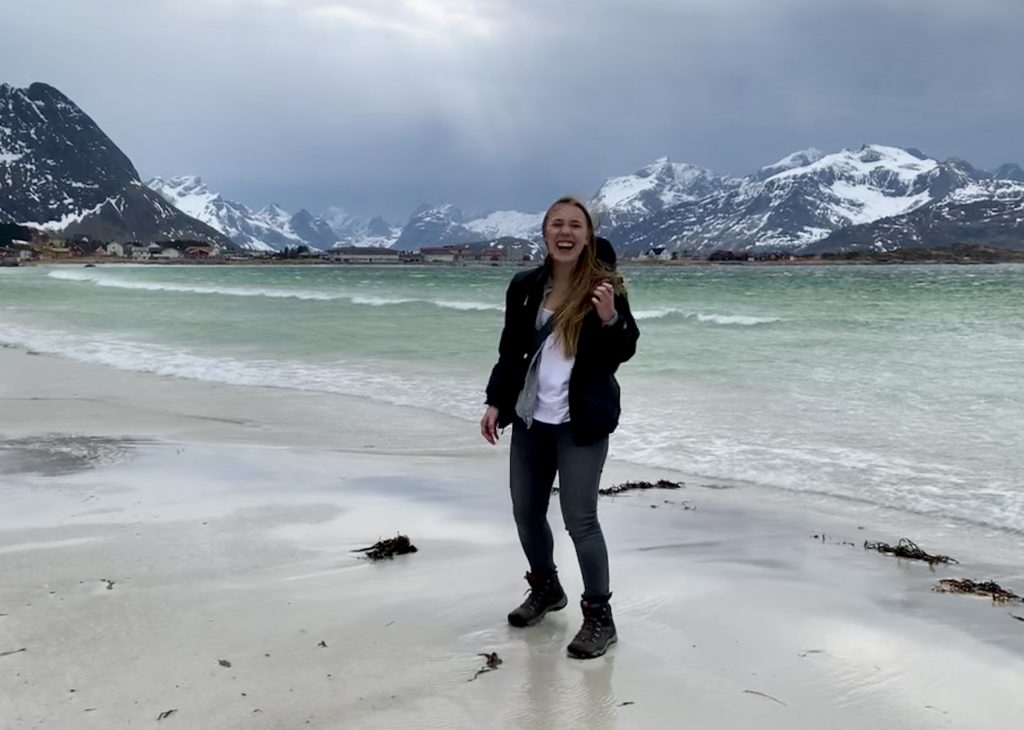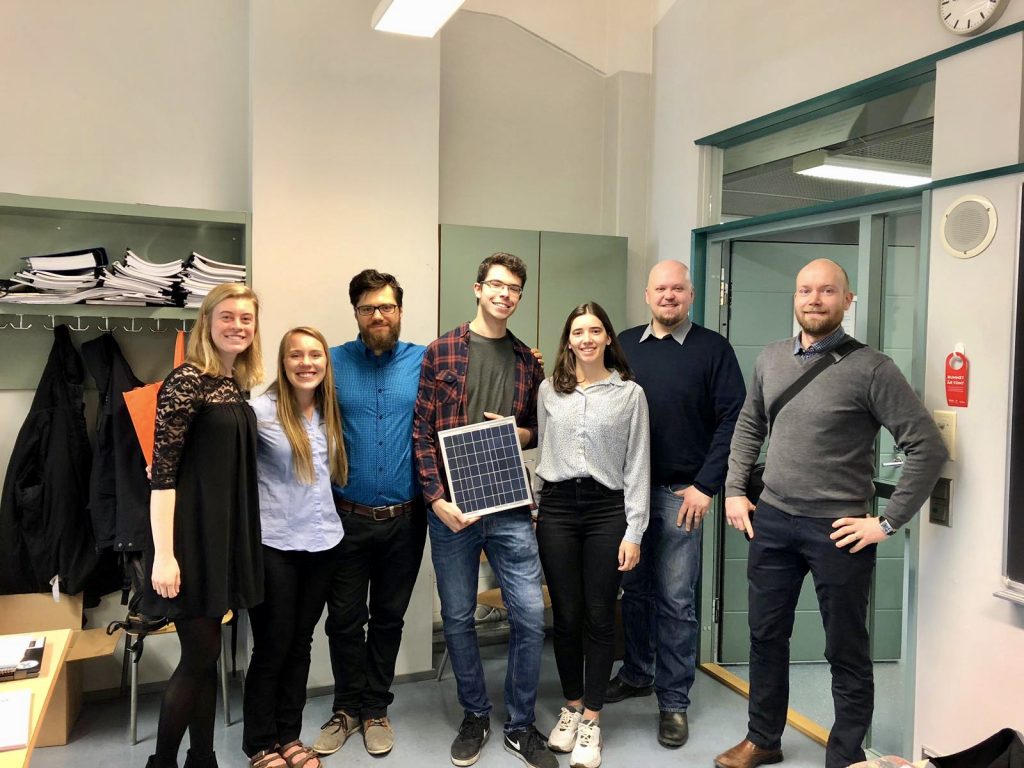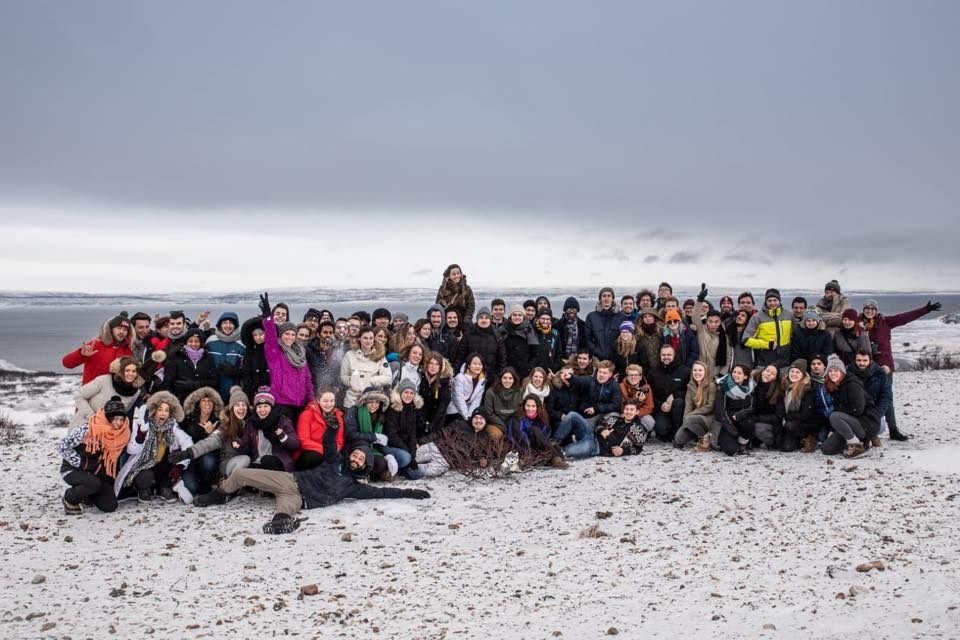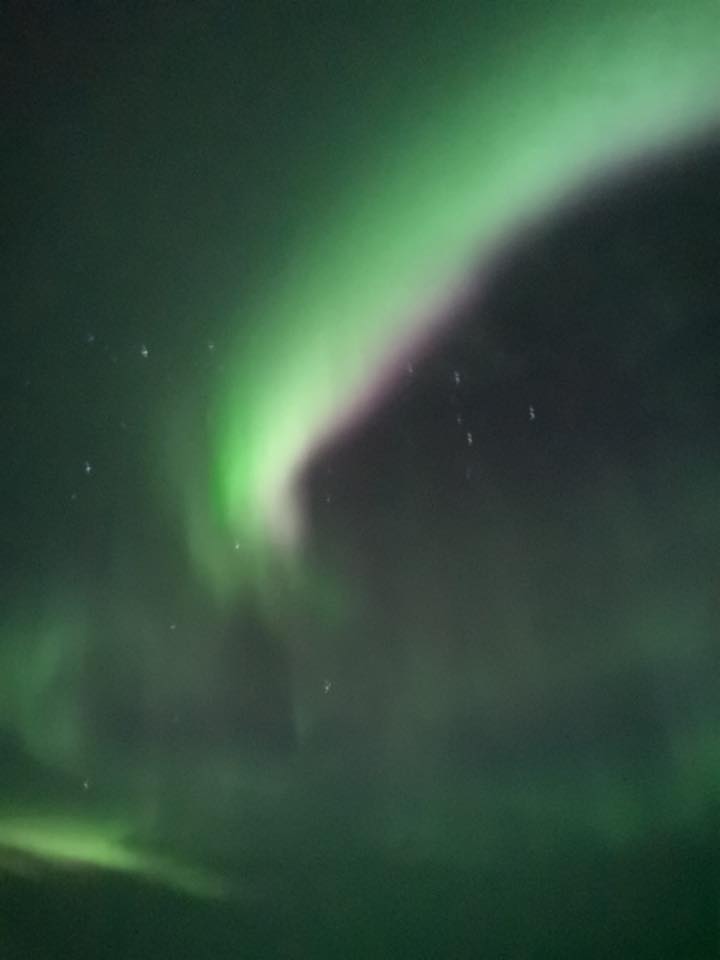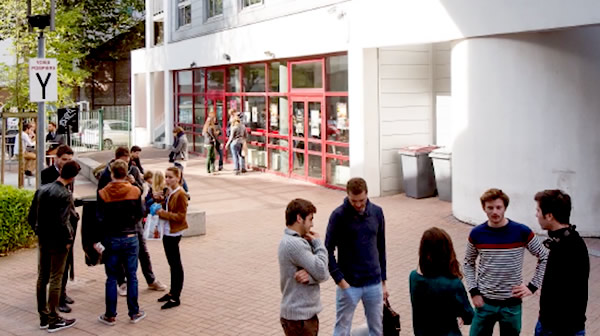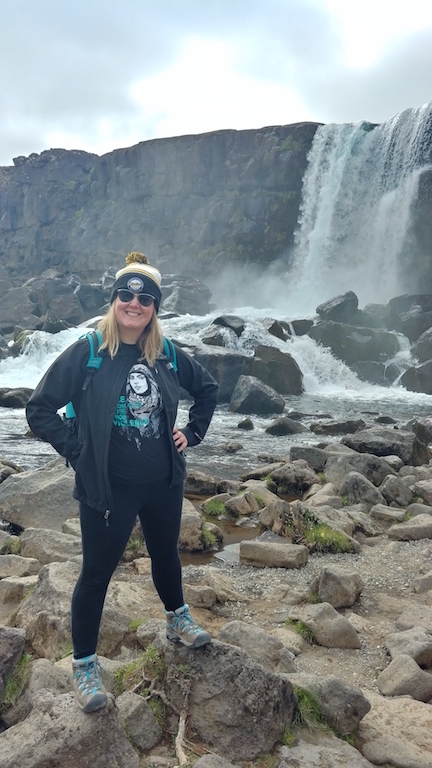While traveling abroad during the pandemic may seem difficult to some, others navigate this landscape with relative ease. Especially if you’ve got the attitude of Cosmo Trikes, an electrical engineering student at Michigan Tech. Challenges and adversity are no stranger to Trikes, but when presented the opportunity to study abroad nothing could have stopped him!
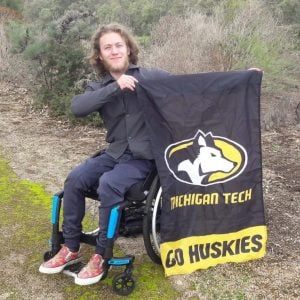
A Bit About Cosmo Trikes
In a Michigan Tech “Humans of Tech” interview last year, Trikes describes himself like this: “A lot of people say I bring a good energy to places. I’m excited about life and I love to help. I want to make things better, to learn as much as I can. I try to be remembered and get involved anywhere I go.” His mindset of sticking to his values–even in times of uncertainty–and his moral character both speak volumes for the person he is.
How did you get interested in Studying Abroad?
When I first visited Michigan Tech as a prospective student, I went to a study abroad info session, probably at the encouragement of my mother who did a study abroad in Zimbabwe as an undergrad. Before I started college, I had already traveled to Iceland, Africa, the Bahamas, and across the US. So I knew I wanted to continue traveling. I also knew that it was a rare opportunity to travel abroad for three months in the way you can while studying abroad. Being immersed in a college environment, taking a light course load, traveling around wherever and whenever. It can’t be done at any other time in your life.
“It’s easy to be optimistic and positive when things are going well. But when things go awry, when we encounter obstacles, only then is when we truly have an opportunity to demonstrate the strength of our virtues.”

Where did you study and live?
I attended Curtin University, an Australian public research university located in Bentley, Perth, in Western Australia. I lived in a flat neighborhood. A flat is basically an apartment. The neighborhood was a gated community, with a front desk building, and common areas where everyone could get together. Each building was three stories tall, and each level was a flat that housed six people. It was great to be surrounded by a community like that! Nearby there was a little mall with a market and a few other shops. I think I might have loved that the most. It was convenient to simply walk over and get groceries, especially since I didn’t have a car.
Why did you choose Australia?
Since my second year started, I had a plan. I would go to a career fair, get a co-op, work for the summer and fall, and instead of coming back to MTU in the winter, I would study abroad and then return for the following school year. Even though I got injured, I still followed through with my plan. I never considered where I would go until the time came to choose. I wanted somewhere warm, of course, and somewhere accessible. Turns out Australia was the place to go. And even though Australia doesn’t have an equivalent to the American Disabilities Act (ADA) that the US has, it was actually more accessible than Michigan Tech, which made my time with friends and exploring a lot of fun!
What was your academic experience like in Australia?
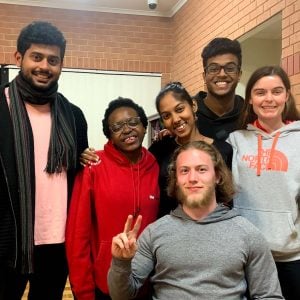
Academically speaking, I learned a lot but at the same time I didn’t. A few weeks after I arrived in Australia the COVID-19 lockdown first began. I had hardly started my courses when they were switched to online. We all got called back to Michigan Tech.
First, Curtin University is enormous, in terms of both campus and student body size. The entire university and facilities were so modern, with automatic doors throughout and so many cool things integrated into the campus that I spent many days just exploring. Even before the pandemic, the lectures were already being recorded with a camera in the back of the class. As a result, my transition to remote learning was not as hard, but in regard to the missing out on the labs–the lack of a learning environment, and enduring the isolation–it was a struggle. The experience shrunk from thousands of students for me to meet and interact with, to pretty much just me. I took engineering classes, and they went well. The teaching style in Australia was very different and I liked it a lot. I didn’t learn as much as I would have back at Tech, but that also wasn’t my only focus. While there, exploring and traveling were also in the forefront of my mind!

What was the best part of the experience?
Well I made a lot of friends, explored as much as I could, and read a lot, but I think what I came away with the most was a lot of personal growth. With the short time we isolated, I had a lot of time for introspection. I started my blog during that time, and every Sunday I would write a multiple page summary of the past week with a lot of detail. I sent it out to a select few people as a weekly email to keep them updated on what I did and how I felt.
What was the most challenging part of the experience?
Definitely the most challenging part of any traveling or just anything in general is using a wheelchair. Although the campus was really accessible, there were a lot of hills and many things I couldn’t do, like going sand surfing, for example. Luckily I had my friends to help out a bit, so I still did a lot, regardless.
Did you visit any other cities or countries?
Perth, Australia is one of the most remote locations in the world. While there, I was maybe going to travel to Bali or somewhere similar, but then COVID struck. Perth does have other cities nearby, such as Fremantle and some others, but I visited Rottnest Island off the nearby coast where I went skydiving! It was a small island with a lot of great views, and a ton of fun wierd little animals called quokkas.

When will you graduate, and what are your plans for the future?
I will graduate at the end of April 2022. After that I’ll be going to Colorado to work as a software engineer for Oracle. I found that job through Disability:IN, when I joined one of their programs.
